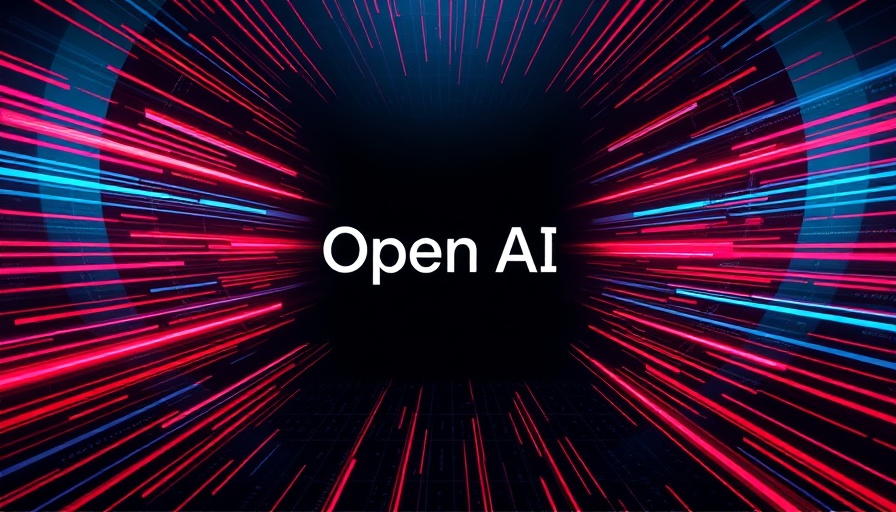
OpenAI Takes a Stand Against Cyber Threats
In an alarming revelation, OpenAI has recently banned several accounts believed to be affiliated with North Korean hacking groups that were utilizing the ChatGPT platform for malicious cyber activities. This decisive action underscores the growing concerns surrounding the misuse of artificial intelligence tools by state-sponsored attackers.
Understanding the Threat: North Korean Cybercrime
According to OpenAI's February 2025 threat intelligence report, these banned accounts were linked to notable North Korean threat groups, including VELVET CHOLLIMA, also known as Kimsuky, and STARDUST CHOLLIMA, referred to as APT38. These groups are notorious for their advanced hacking capabilities and their connections to the Democratic People's Republic of Korea (DPRK).
The accounts were detected using insights from industry partners with whom OpenAI collaborates to mitigate potential risks. Malicious actors were reported to engage with ChatGPT to aid in researching cyberattack methods and even crafting schemes to bypass security measures.
Capabilities Uncovered and Misuse of AI
The exploitation of ChatGPT by these hackers showcased the alarming versatility of modern AI tools in cybercrime. The actors leveraged the platform for multiple purposes, including:
- **Researching hacking tools and tactics:** The hackers sought information on various tools, focusing particularly on Remote Administration Tools (RAT) and techniques for brute force attacks on Remote Desktop Protocol (RDP).
- **Coding and troubleshooting:** They utilized ChatGPT to debug and improve their hacking codes, including scripts written in C# for executing attacks.
- **Phishing schemes:** Crafting targeted phishing emails aimed at cryptocurrency investors to illicitly acquire sensitive information.
- **Obfuscated payloads:** Requests for assistance in creating complex payloads that would evade detection systems, indicating a sophisticated level of technical understanding.
Previous Bans and Broader Implications
This is not the first time OpenAI has had to confront the potential misuse of its technology. Since the publication of its last report in October 2024, OpenAI stated that over twenty different cyber operations linked to Iranian and Chinese state actors had already been disrupted. The software’s rapid evolution has made it a double-edged sword; while it can benefit society, it can equally empower malicious actors.
In addition to the aforementioned activity, OpenAI also discovered accounts possibly associated with a scheme to recruit North Korean IT workers, aimed at generating revenue for the regime. These accounts pretended to be legitimate employees and manipulated western companies into hiring them.
The Need for Collaborative Cybersecurity Measures
Given the prevalence and sophistication of such attacks, it is critical for tech companies, cybersecurity experts, and government entities to collaborate in addressing these threats. OpenAI emphasizes their commitment to preventing misuse and enhancing security measures to protect users against these growing dangers.
The dual-use nature of AI technologies presents a unique challenge: they offer significant advantages while simultaneously creating avenues for exploitation by cybercriminals. This ongoing battle between technology advancement and cybercrime highlights the necessity for vigilance and proactive strategies in cybersecurity.
Future Considerations for Tech and Security
Looking forward, as artificial intelligence continues to evolve, so too must the strategies employed to safeguard these technologies. It’s essential to foster a proactive security mindset while acknowledging the potential for abuse in powerful tools such as ChatGPT.
Conclusion and Call to Action
As the cyber threat landscape continues to evolve, users of AI technologies must be aware of the risks and embrace proactive security measures. Companies should prioritize the implementation of advanced detection mechanisms and promote awareness of online security. In the face of these widespread dangers, collaborative efforts will be vital in nurturing a safer digital environment.
 Add Row
Add Row  Add
Add 


Write A Comment